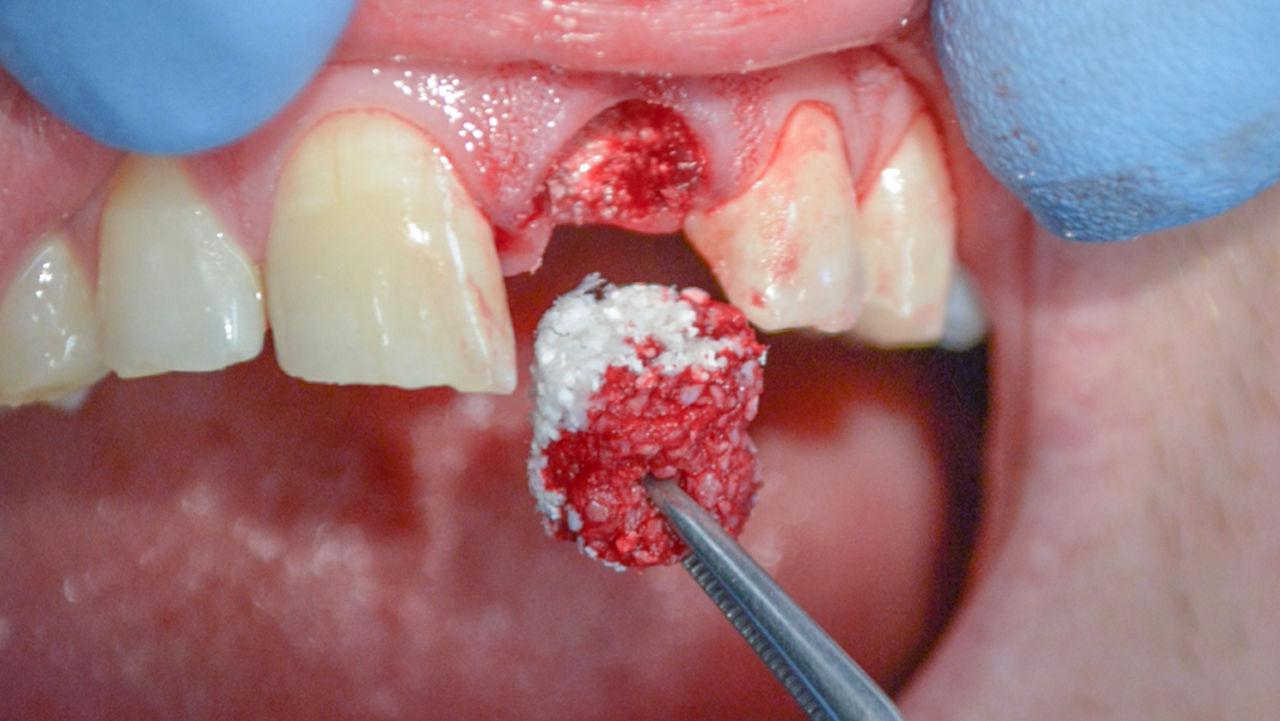
Dental prosthetics need stable bone to anchor securely. Implants especially rely on strong jawbone volume. If bone is missing or thin, the implant may fail. Tooth loss, gum disease, or injury can cause resorption. Over time, the jaw shrinks without stimulation. A graft rebuilds the site, restoring lost structure. It provides a foundation for successful treatment. Not every patient needs grafting, but many do.
After tooth loss, the jawbone can shrink in width, height, or both within just a few months
Bone loss begins quickly after extraction. Without pressure from chewing, the bone resorbs. This shrinkage limits where implants can be placed. Even removable dentures fit less securely. Some people notice a sunken appearance. Others struggle with denture stability. The extent of loss varies. X-rays or 3D scans help assess bone volume before deciding on treatment.
Grafts use natural or synthetic material to stimulate new bone growth in areas where volume is low
The graft doesn’t replace your bone. It guides your body to rebuild its own. Materials vary. Some come from the patient’s body. Others are donor-derived or synthetic. The material fills the space and supports healing. Over time, your cells replace the graft with real bone. This process may take weeks or months. Success depends on health, hygiene, and surgical technique.
Minor grafts may be done during tooth extraction to preserve the site for future implants
This is called socket preservation. A small amount of material is placed into the empty socket. It reduces shrinkage and maintains shape. If you plan for an implant later, this step helps. It doesn’t prevent all loss, but it slows the process. Healing time may not increase significantly. Many patients tolerate it well. It’s often done under local anesthesia.
Larger or complex grafts may require healing time before implants can be placed
In some cases, grafting and implants can’t be done together. The graft must heal first. This creates stable, vascular bone for the implant. Healing may take four to six months. Then the area is reassessed. If the graft succeeded, implants are scheduled. This timeline frustrates some patients. But rushing increases failure risk. Careful planning improves long-term results.
Sinus lift procedures are used in the upper jaw when bone height is limited near the sinus cavity
The maxillary sinuses sit above the upper back teeth. When these teeth are lost, the bone under the sinus thins. Implants need more height. A sinus lift raises the membrane and adds bone beneath it. This allows future implant placement. It sounds complex—but it’s a common procedure. Discomfort is usually mild. Healing takes a few months before implant placement.
Your dentist will evaluate bone health with imaging before recommending grafting or prosthetic steps
Scans show bone density, width, and structural quality. A visual exam isn’t enough. Cone-beam CT or panoramic X-rays are often used. They help map the jaw in 3D. If bone looks thin, your dentist will discuss options. Not all cases need grafts. Short implants or angled placement may work instead. The treatment plan is tailored to your anatomy.
Good candidates for grafting are healthy, non-smokers with no uncontrolled medical conditions
Bone needs circulation and immune support to heal. Smokers heal slower and risk failure. Diabetes, immune disorders, and osteoporosis complicate recovery. That doesn’t mean grafting is off-limits. It means risks must be managed. Blood tests or medical clearance may be required. Honest health history helps your team plan wisely. Healing is a biological process. Your overall health plays a role.
Grafted sites must be protected from pressure, infection, and movement during the healing phase
After grafting, follow-up care is essential. Avoid chewing on the area. Maintain gentle hygiene. Your dentist may prescribe rinses or antibiotics. Some swelling is normal. Pain is usually mild. Follow instructions exactly. If sutures open or discomfort increases, report it early. Protecting the site helps the graft integrate. This stage determines success later.
If grafting is needed, it adds time and cost—but often increases the long-term success of prosthetics
Some patients hesitate due to grafting. It means more appointments, recovery, and cost. But it may prevent failure. A well-placed implant lasts years. A failed one causes more damage. Grafts are an investment in foundation. Like building a house—you don’t skip the base. Not every case requires it. But when needed, it improves stability and function.
